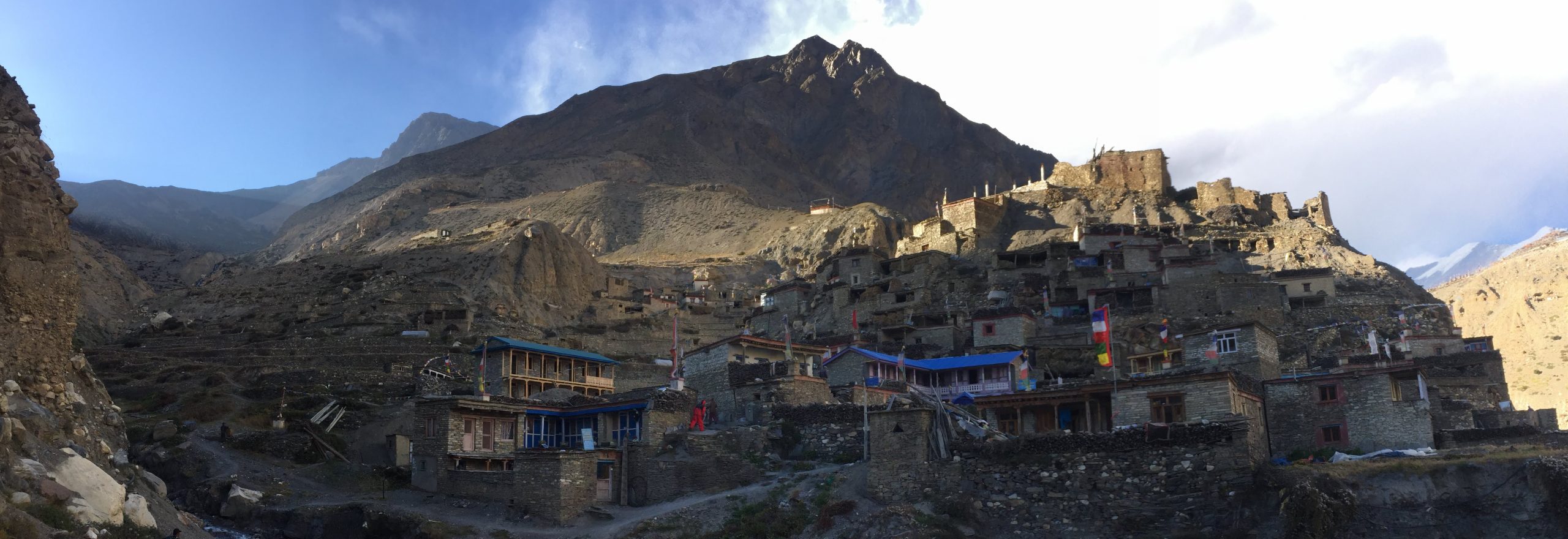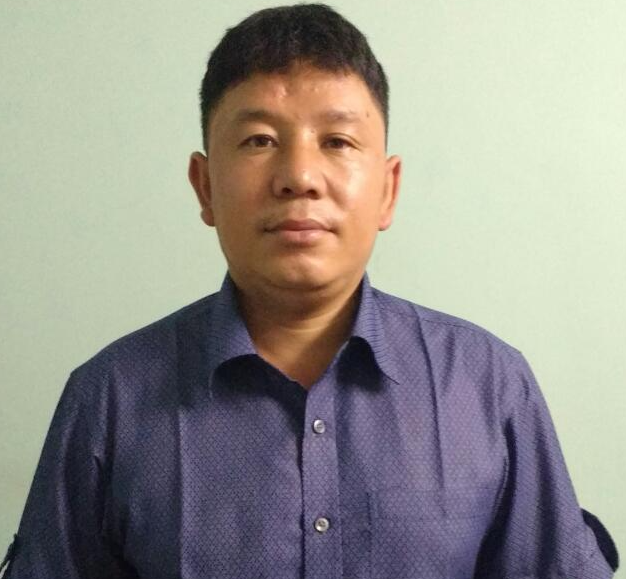Nar Phu Valley Trek Overview
The Nar Phu Valley Trek is a captivating and lesser-known journey located in the remote Annapurna region of Nepal. This trek offers adventurers a unique blend of rugged Himalayan landscapes, ancient Tibetan-influenced culture, and pristine natural beauty. Unlike the popular trekking routes in Nepal, Nar Phu Valley remains off the beaten path, providing trekkers with a peaceful and authentic experience amidst traditional villages and untouched wilderness.
One of the main highlights of the Nar Phu Valley Trek is its rich cultural heritage. The valley is home to the Nar and Phu villages, where people still practice ancient Tibetan Buddhist traditions. The remote monasteries, mani walls, prayer flags, and stone houses create a serene atmosphere, transporting visitors back in time. The local communities maintain their traditional lifestyle, farming barley and potatoes, and welcoming guests with warm hospitality.
The trek itself is moderately challenging, taking trekkers through high mountain passes, narrow canyons, and alpine landscapes. The trail offers spectacular views of towering peaks such as Annapurna II, Annapurna III, Gangapurna, and Tilicho. The route also passes near the spectacular Tilicho Lake, one of the highest lakes in the world, known for its crystal-clear waters and surrounding snow-capped mountains.
Due to its remote location, the Nar Phu Valley Trek requires special permits, including the Annapurna Conservation Area Permit and restricted area permits issued by the Nepalese government. The limited number of trekkers allowed each season ensures that the trail remains pristine and uncrowded, enhancing the sense of adventure and discovery.
Trekkers on the Nar Phu Valley route stay in traditional tea houses and lodges, experiencing simple yet comfortable accommodations. Food typically includes hearty Nepali and Tibetan dishes, which provide the energy needed for the daily hikes. The altitude and terrain demand good physical fitness and proper acclimatization to prevent altitude sickness, especially while crossing the Kang La Pass at around 5,300 meters.



 Have Questions?
Have Questions?



